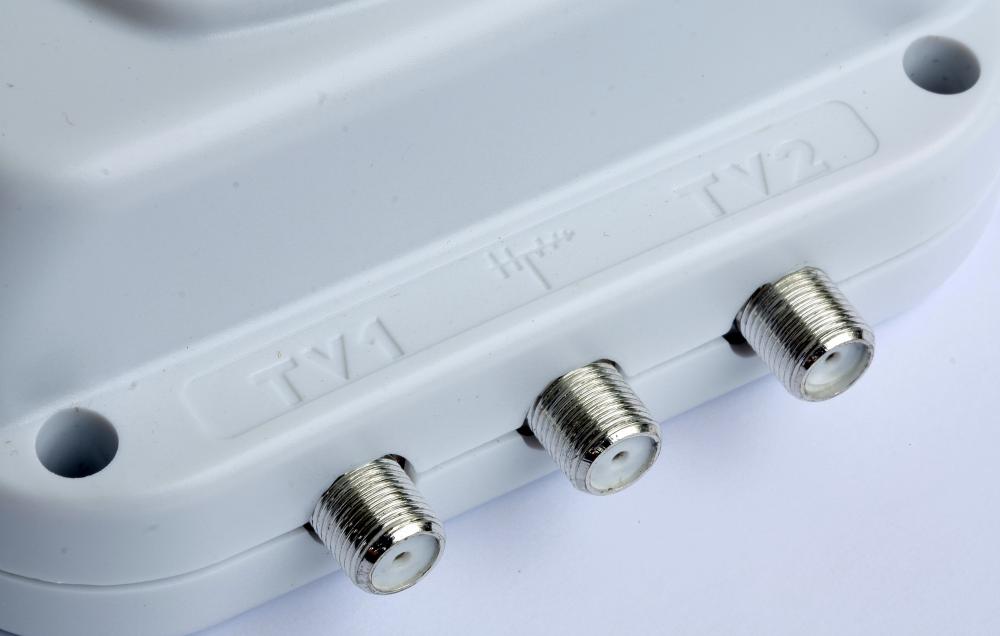At WiseGEEK, we're committed to delivering accurate, trustworthy information. Our expert-authored content is rigorously fact-checked and sourced from credible authorities. Discover how we uphold the highest standards in providing you with reliable knowledge.
How do I Choose the Best Indoor Antenna?
An indoor antenna is often a must for people living in apartment blocks. It can also be useful if you want to feed multiple TV sets in a house and the rooftop antenna is only fed to one room. Whatever your reason, there are several tactics for making sure you get the best quality reception.
It's important to note that there is technically no such thing as an HD antenna or a digital antenna. All models of indoor antenna receive and handle television signals in the same way, regardless of whether those signals are carrying analog or digital content and whether it is standard or high definition. The real difference is that it is more important with digital or HD to have a high quality indoor antenna. This is because in situations where the antenna is not picking up a strong enough signal, an analog signal will be viewable, but subject to interference, while a digital signal may not be viewable at all. Digital signals are largely an all or nothing situation.

If you are in an area with poor TV reception, it may be worth considering a signal booster. This is an electronic device that amplifies the signal and may improve reception. Before investing in such a device, check whether the problem might be improved by repositioning the antenna or replacing poor quality cabling. It is also possible that the poor signal is due to being in a position where the signal is actually too strong. In this case, a device known as an attenuator, which reduces the signal strength, may be the answer.

Reception problems may also be due to the location of local TV broadcasting towers. In some areas, the strongest signal for each particular frequency may not necessarily all come from the same tower. This is often the cause if you can receive some but not all channels. In this situation, the solution is a multi-directional indoor antenna that can receive signals equally from all directions. One problem with this strategy is that it may not work well in built-up areas such as city centers or downtown areas with lots of skyscrapers, as signals may bounce off the various buildings and effectively "confuse" the antenna.

There are a few antennae that are designed mainly for visual appeal. For example, some are designed to double as a picture frame that can sit atop your TV set. The main problem is that many such models can only work well with particularly strong signals.
AS FEATURED ON:
AS FEATURED ON:













Discuss this Article
Post your comments